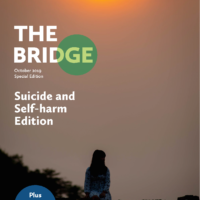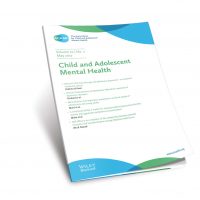DBT
-

DBT-A can enhance emotion regulation in ethnic minority youth
Ethnic minority youth often experience environmental and culturally relevant stressors, putting them at risk of developing self-regulation difficulties and engaging in self-harm.
Read more -

Suicide and Self-Harm Special Edition
The National Confidential Enquiry into Suicide and Safety in Mental Health Annual Report (2018) highlighted that suicide in the under 20’s is rising generally and that the number of suicides rises towards late teens.
Read more -

DBT-A reduces self-harming behaviours by improving feelings of hopelessness
Professor Lars Mehlum and colleagues have completed a prospective 3-year follow-up study, which showed that DBT-A has enduring effects in terms of reducing self-harm frequency in adolescents compared to EUC.
Read more -

DBT is effective for youth with high levels of emotion dysregulation
In 2019, Molly Adrian and colleagues examined the predictors and moderators of treatment outcomes for suicidal adolescents who participated in a randomized controlled trial evaluating Dialectical Behaviour Therapy (DBT) versus Individual/Group Supportive Therapy (IGST).
Read more -

Dialectical behaviour therapy for adolescents: a comparison of 16-week and 24-week programmes delivered in a public community setting
Clinicians in CAMHS across Ireland have sought training in DBT-A to treat the increasing number of adolescents presenting to their services with self-harm and/or suicidal behaviour. With a growing national interest in DBT provision in community services, the National DBT Project Ireland was established in 2013 to coordinate training and implementation of DBT (in both adult and child/adolescent services) in the Irish public health service.
Read more -

Dialectical Behavioural Therapy (DBT) Conference – Interviews with Jim Lyng and Stephanie Hastings
Interviews with Jim Lyng and Stephanie Hastings recorded on 20 October 2017 at the ACAMH Irish Branch conference on DBT.
Read more -

CAMH Editorial: Volume 21, Issue 2, May 2016
“Innovative methods of identifying and treating high risk groups of children and young people” by Jane Barlow.
Read more